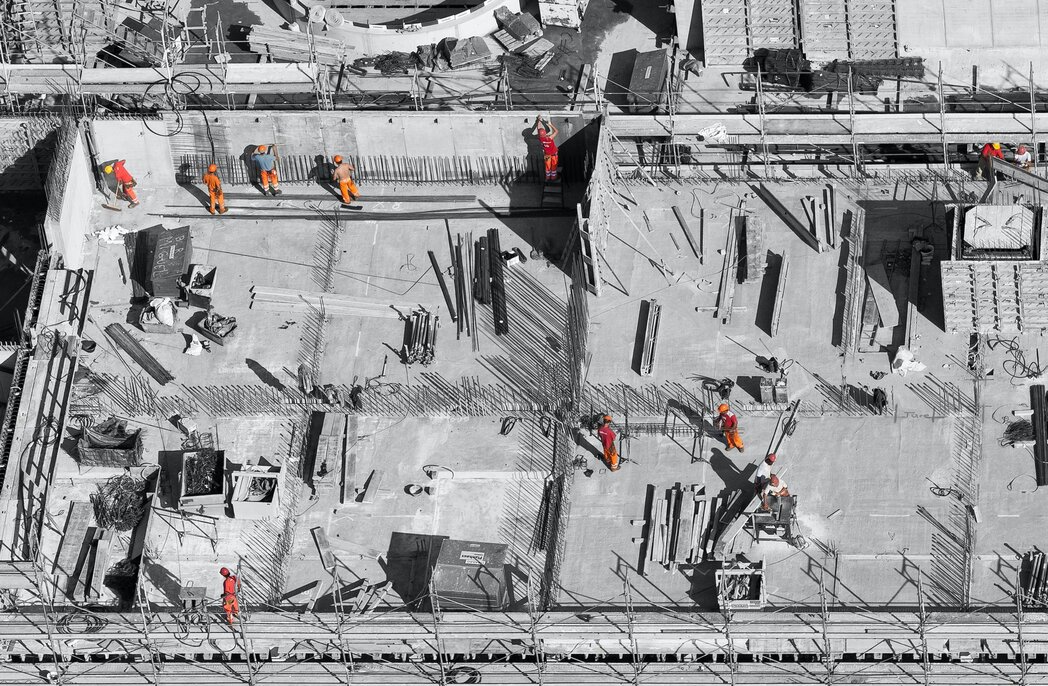
Building trust in remote teams
Share
Transitioning to managing a remote team when your team is normally co-located requires a steep learning curve for both leaders and team members. Throw in the COVID-19 crisis and high levels of anxiety, and trust levels can come crashing down if not managed correctly.
Whenever there is change and uncertainty, employees will naturally withhold expending too much energy into a team, until it feels safe to do so. Continuing to boost your team’s trust levels is critical, while everyone is learning the ropes.
This is trickier to do remotely because repairing and maintaining trust is much easier face-to-face. To ensure team performance doesn’t drop precipitously requires the team leader, and team members, to be willing to change not only how they interact, but also their underlying mindsets.
That’s because humans have this odd tendency to only believe something is true if they can see it. In a work environment, leaders may only believe team members are working if they can see them work.
Pivoting from measuring time at work to delivering outcomes takes a bit of getting used to. This is particularly true for more mature leaders, who have been conditioned since school to work during set times.
Usually, the tendency is to micromanage when people aren’t visible – sending an unintentional message to employees that they’re not trusted. The result is employees will overwork to demonstrate their contribution. And during this anxious time, this only compounds stress levels.
Like learning any new skill, managing working remotely takes time to get right. After all, it’s a bit like moving a team from playing netball to football. All the behaviours, mindsets, interactions and communication styles need to change.
Six steps to managing remote employees:
Let’s go through the steps to do this using our SUCCEeD Together Trust Framework®. This is based on six trust drivers that make it easier for leaders to identify and understand trust issues.
Support
Leaders who care get the most out of their people. Support underpins all of the other trust drivers and is more critical to remote teams than co-located ones. Essentially, humans don’t trust people who don’t care about them. So leaders need to do more work to ensure that team members feel supported by everyone in the team.
This is so critical because distributed teams have limited opportunities to spontaneously interact in hallways and food areas, which naturally bonds people together.
According to the Building Workplace Trust Study by Interaction Associates, the main way virtual workers want their leaders to build trust is to convene periodic face-face meetings (40 percent). Of course, during a pandemic this is impossible. But for teams that have each previously met in person, building trust remotely is easier. But you can’t take it for granted.
United to solve customer problems
We trust people who are similar to us. In a team, you have lots of different people thrown together. Unite everyone by regularly aligning people to how the work solves customer problems. On an individual basis, connect how each person’s contribution brings value to the team and organisation. In team meetings, regularly share customer success stories, customer feedback and challenges.
Clarity of thinking and communication
Humans need certainty and communication is all about reducing ambiguity. Without it, we tend to not trust a situation. This trust driver requires leaders to spend time clearly thinking and planning how they are going to provide employees with the right information to do their job.
To do this requires spending time one on one with people and convening together as a team to align everyone to your shared purpose. You’ll want to ensure you have regular meetings, in order to coordinate team schedules and progress updates.
Schedule weekly check-ins to discuss what people are working on, what’s keeping them stuck and what is working. If your team is new to remote work, implement daily check-ins. You can also start with a meeting (say, eight am) and then finish the day with a meeting (say, four pm) to provide people with some of the structure they would have if they were working in the office.
Candour
You can’t fix problems, if people aren’t willing to talk about them. Ensuring team members feel safe to talk about issues is one of the defining factors of a high-performance team. Unfortunately, conflict can go unresolved because it’s easy to agree in an online meeting.
Improving candour involves the team leader modelling the right behaviours that enable people to speak up. Allow people to challenge you and respond by listening and asking curious questions. Give positive verbal feedback for those brave enough to express issues and concerns. If your team does not naturally talk about issues, ask in meetings: ‘Who has a different point of view on this issue?’ Consider asking people by name to articulate their support or concerns.
Empowered to grow
You can’t grow a company unless the people within it are growing. You want to make sure that learning is safe and it’s a journey that you’re all on together.
Set aside time to learn jointly. This can be formal learning (e.g. learning how to read a profit and loss statement) right through to ensuring that people are learning from each other. Don’t forget to do training because you’re remote.
Encourage project wrap-ups to share lessons learned. And also encourage team members to provide virtual presentations that you can record and tag, so that they are easily searchable.
Dependability
At the heart of trusting others is being able to rely on them. In a workplace team, we need to feel that others will make good on their promises and do the right thing. This requires ensuring that each team member understands all of the interdependencies of their role.
The role of the leader is to provide a holistic understanding of the interactions between all the moving parts and ensure everyone is accountable. Check in with team members regularly about any bottlenecks that are potentially stopping team members from delivering on goals.
Successful remote teams
Great remote teams thrive in a culture of trust. While it is more difficult to build trust when team members aren’t face to face, it is still achievable. It just requires more planning and structure.
The pay-off can be extensive. According to Interaction Associates, virtual workers tend to report a significantly higher level of trust in their organisation than their non-virtual workers. And the benefits can be quite staggering – the same research study found that organisations that have high trust have 2.5 times the revenue generation of low-trust organisations.
Marie-Claire Ross is the chief corporate catalyst at Trustologie. She is a speaker, author and consultant focused on helping leadership and project teams improve their productivity two to three times faster than average teams. Click here if you would like a complimentary Remote Team Trust Cheat Sheet.
You Might also Like




















